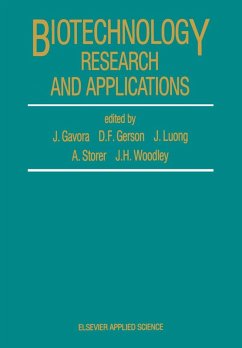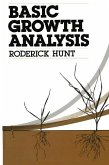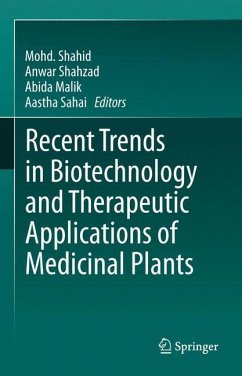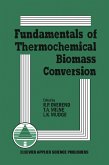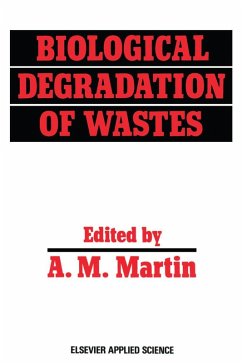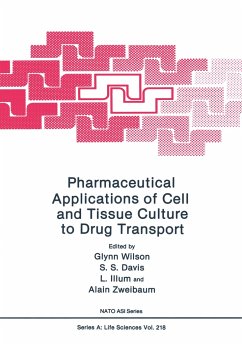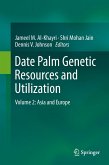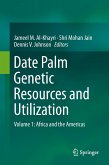Historically, ruminant animals have provided farmers with the ability to utilize marginal lands for the production of high quality food for human consumption. Ruminants are able to derive their nourishment from feeds that are not in themselves capable of meeting the nutritional needs of the animal. They do this by supporting in the rumen, which is a greatly enlarged region of the stomach which precedes the animals digestive system, a microbial fermentation system. This system partially degrades complex polysaccharides and provides to the animal not only the degradation products (chiefly volatile fatty acids), but also secondary microbial metabolites and microbial biomass (most importantly microbial protein, which can be synthetized from inorganic nitrogen sources). A ruminant animal is able to survive, if not thrive, on a diet containing only cellulose, a non-protein nitrogen source such as urea, and trace minerals. The capacity of the rumen to process low quality feeds is limited by factors such as rumen volume, the time required for digestion of these feeds in the rumen, and the ability of the animal to chew the feed. Hodern ruminant animals have been intensively selected for high production potential, but the limited capacity of the rumen fermentation means that this potential cannot be realized by feeding the animal low quality feeds. The high production potential of these animals can only be realized by feeding large amounts of readily digestible, high quality feeds such as oilseed meals and grains.
Bitte wählen Sie Ihr Anliegen aus.
Rechnungen
Retourenschein anfordern
Bestellstatus
Storno

